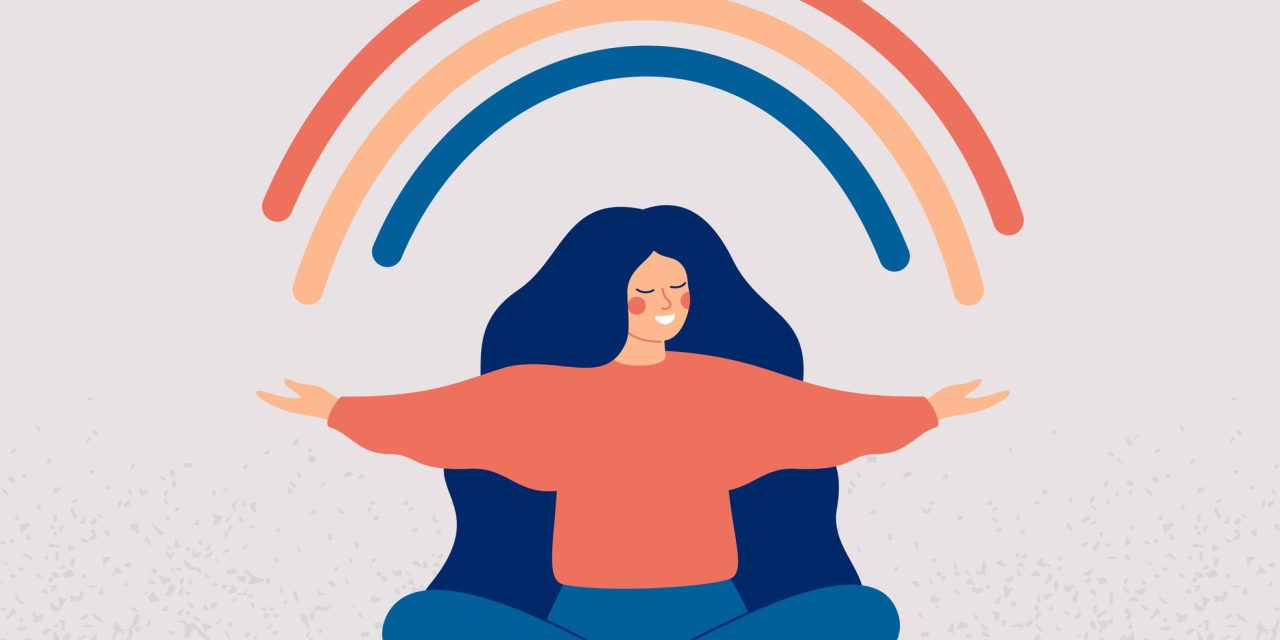In September 2020, the colorectal team of the International Center for Colorectal and Urogenital Care joined the spina bifida and spinal cord injury multidisciplinary clinic at Children’s Hospital Colorado. Many important lessons were learned.
A retrospective review of patients seen in the spina bifida and spinal cord injury multidisciplinary clinic from September 2020 to May 2021 was conducted. Data collected included demographics, diagnosis, pre or post-natal repair for those with myelomeningocele, whether the patient was previously seen by the colorectal team, wheelchair usage, voluntary bowel control vs. fecal incontinence, urinary control vs. clean intermittent catheterization, characteristics of contrast enema, and our proposed intervention.
Overall, 189 children were seen during the study period, ranging from 3 months to 20 years of age (average = 9.5 years). One hundred and two were males and 87 were females. Diagnosis included myelomeningocele (n = 153), spinal cord injury (n = 18), transverse myelitis (n = 7), sacral agenesis (n = 5), diastematomyelia (n = 2), spinal stenosis (n = 2), and tethered cord with lipoma (n = 2). Fifteen patients with myelomeningocele were repaired in-utero. One hundred and sixty patients were new to the colorectal team. Eighty-one patients were wheelchair users. One hundred and twenty-three patients suffered from fecal incontinence and needed enemas to be artificially clean for stool and thirty-eight patients had voluntary bowel movements and were clean with laxatives, suppository, or rectal stimulations. Twenty-eight patients were younger than three years of age and still in diapers. Despite a non-dilated colon on contrast enema, this population has a hypomotile colon. One hundred and twenty-eight patients required clean intermittent catheterization.
Joining the spina bifida and spinal cord injury multidisciplinary clinic allowed us to better serve this population and gave us enormous satisfaction to contribute to improve the quality of life of the patients and their parents.
III.
© 2021. The Author(s), under exclusive licence to Springer-Verlag GmbH Germany, part of Springer Nature.
The importance of dedicated colorectal team participation in the management of spina bifida and spinal cord injury patients.


